How to break the resistance: New ways to fight infections
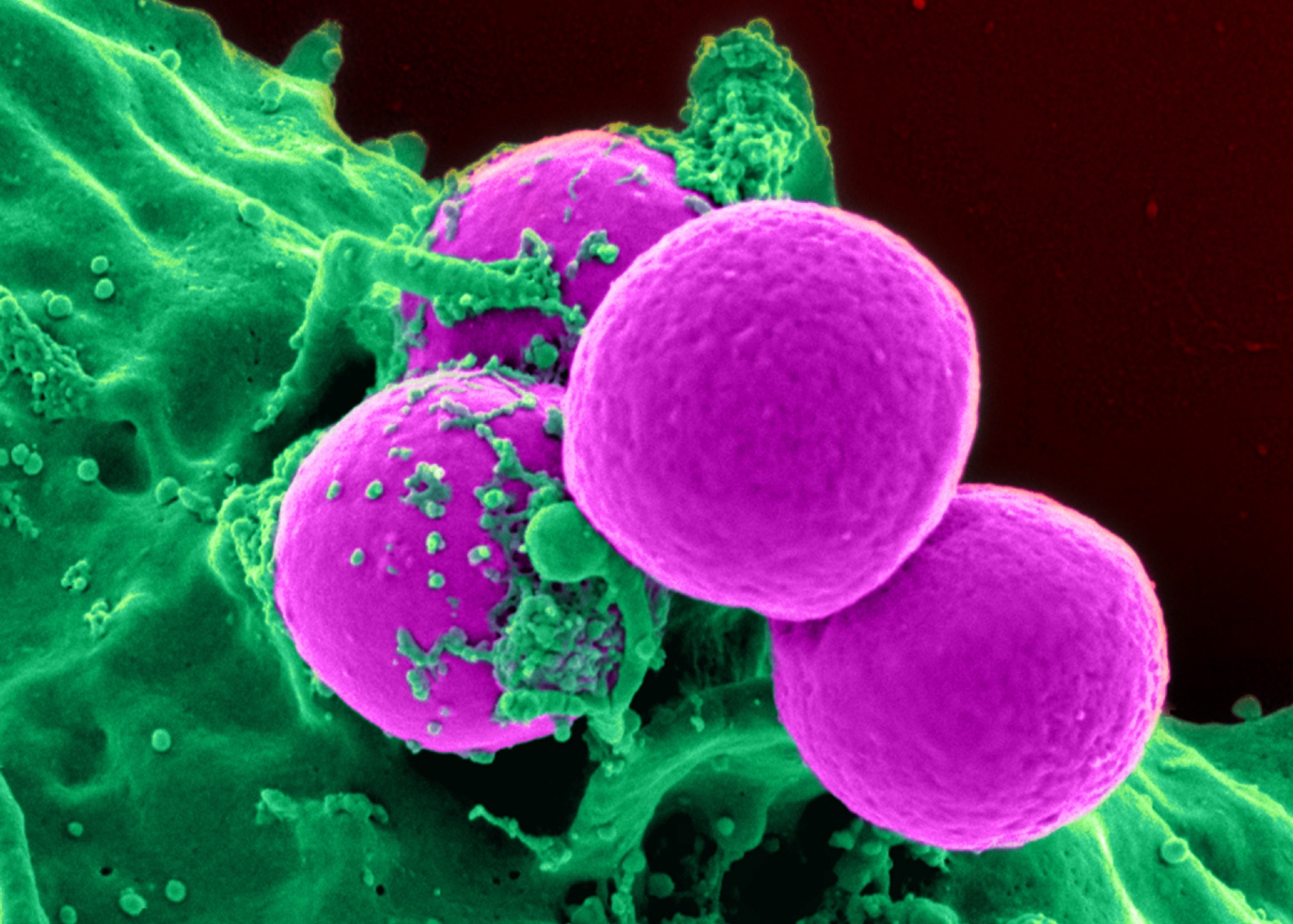
We need new antibiotics, as an increasing number of bacteria are becoming resistant to existing drugs. According to various reports, by 2050, more people will die from infectious diseases than from cancer. University of Groningen scientists Dirk-Jan Scheffers and Marthe Walvoort are working on new ways to combat resistance, by making holes in bacteria or weakening their cell walls in other ways.
FSE Science Newsroom | text René Fransen
This is the first article in a three-part series about antimicrobial resistance. The second article will describe new ways of using antibiotics with switches and fluorescent labels for precision treatment, and the third article will dive into the importance of ecology and evolution in preventing resistance.
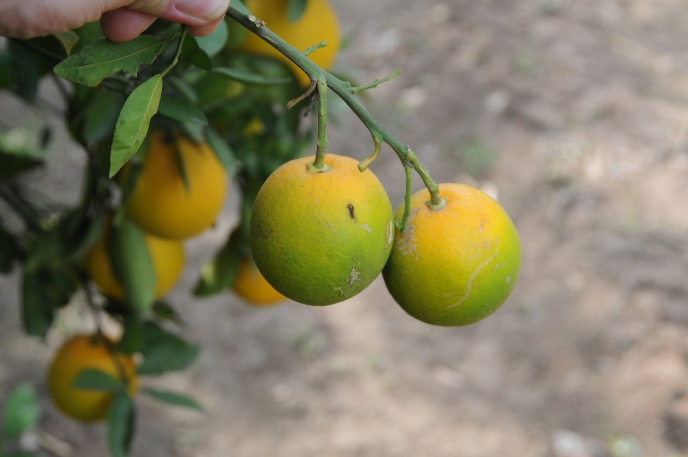
When you think of bacterial infections, citrus trees are probably not the first thing that comes to mind. However, in Florida (USA) and in Brazil, bacterial infections are causing major damage to citrus orchards. ‘In Florida, it has decimated orange juice production over the past decade’, says Professor of Bacterial Cell Biology Dirk-Jan Scheffers. The bacterium Liberibacter causes ‘citrus greening disease’, which leads to deformed and discoloured fruit, sickens trees, and eventually kills the trees. To date, there is no treatment for greening disease. Another bacterial disease, citrus canker, caused by the bacterium Xanthomonas citri, results in fruit covered with lesions.
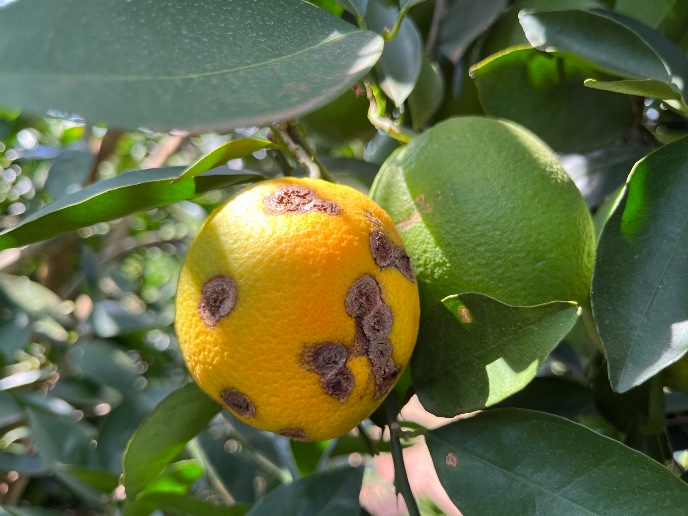
The only available treatment for citrus canker is spraying the trees with a copper solution. However, this leads to a build-up of copper in the soil, harming the trees and the wider environment. ‘During his first term in office, US president Donald Trump approved an antibiotic that is also used in humans to treat this disease. From a public health perspective, that is outrageous,’ says Scheffers. Spraying orchards with these agents can quickly lead to resistance, which may also spread to bacteria that infect humans. Scheffers has therefore been looking for a more environmentally friendly solution to combat citrus canker and other diseases, one that is not based on drugs used in humans.
Making holes in the cell wall
Scheffers’ work builds on years of fundamental research into the bacterial cell wall. ‘We have studied how this wall is formed, and that gave us insight into how we can disrupt this process,’ says Scheffers. ‘Our overall goal is to make holes in the cell wall of the bacteria that cause the infection.’ These holes are produced by so-called phenolic compounds found in extracts of natural oils. Scheffers: ‘The extracts have been successfully tested under controlled conditions, and field trials on orange trees are planned for September, when spring begins in Brazil.’ If the extracts containing pore-forming molecules prove effective against bacteria that plague citrus orchards in this field test, Scheffers also wants to test them on other bacteria.
Why pharmaceutical companies are not eager to develop new antibiotics
In the second half of the 20th century, antimicrobial agents — drugs that fight microorganisms such as bacteria or fungi — were highly successful in combating infectious diseases. However, their widespread use also induced resistance to these drugs. Some bacteria are now resistant to nearly all antibiotics.
New drugs could hopefully circumvent this resistance. However, pharmaceutical companies are hesitant to develop them. ‘Such new drugs would have to be used very sparingly to avoid developing new resistance effects,’ explains Dirk Jan Scheffers. ‘And if they are successful, patients get better after a relatively short treatment. This means the pharmaceutical company can’t sell large quantities of these new antimicrobials, yet significant sales are needed to cover the development costs.’
The ‘furry coat’ of bacteria
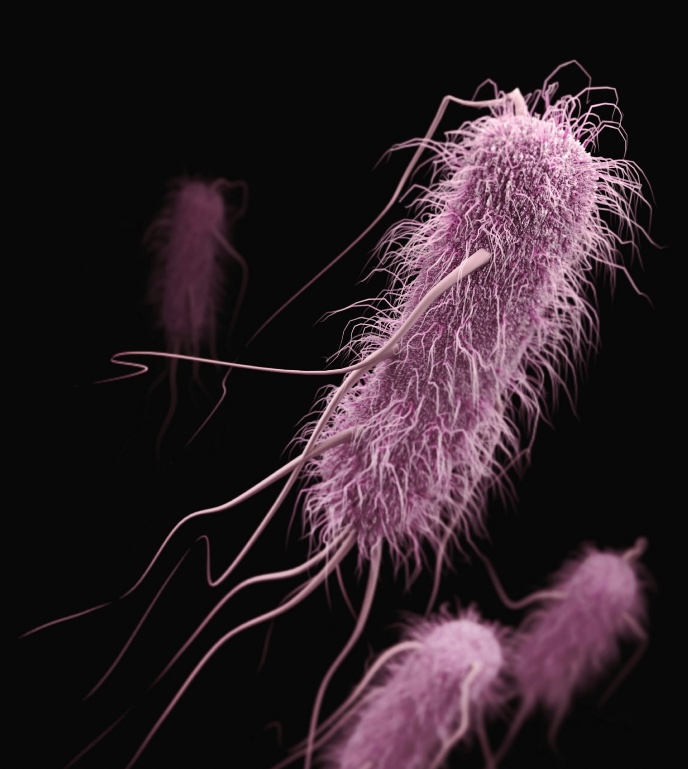
Citrus trees are just one application of Scheffers’ research into new ways of combating bacterial infections. Scheffers is working on other ways to combat bacteria, such as altering the fluidity of bacterial cell membranes and targeting bacterial sugar molecules. These methods weaken the cell wall, making it easier for antibiotics to penetrate it, and kill the bacteria.
The project on sugar molecules revolves around ‘a very strange sugar molecule’, as associate professor of Chemical Glycobiology Marthe Walvoort calls it. The aim of her project with Scheffers is to target the ‘furry coat’ that shields some types of bacteria against the environment. The ‘hairs’ in this coat are molecules called lipopolysaccharide (LPS), lipids with a long chain of sugars attached. They form an almost impenetrable layer that makes it difficult for antibiotics to attack the bacteria.
The ‘strange sugar‘, called KDO, plays a crucial role in these long LPS molecules. Normal sugars consist of six carbon molecules, but KDO contains eight, giving it a unique structure. Walvoort: ‘The entire sugar chain of LPS is made up of two of these KDO sugar molecules. Our idea is to feed a sugar to bacteria that is very similar to this building block, from which they can grow their ‘coat’. However, we want to construct it in such a way that the formation of long LPS molecules is prevented. This would block the formation of the impenetrable layer.’
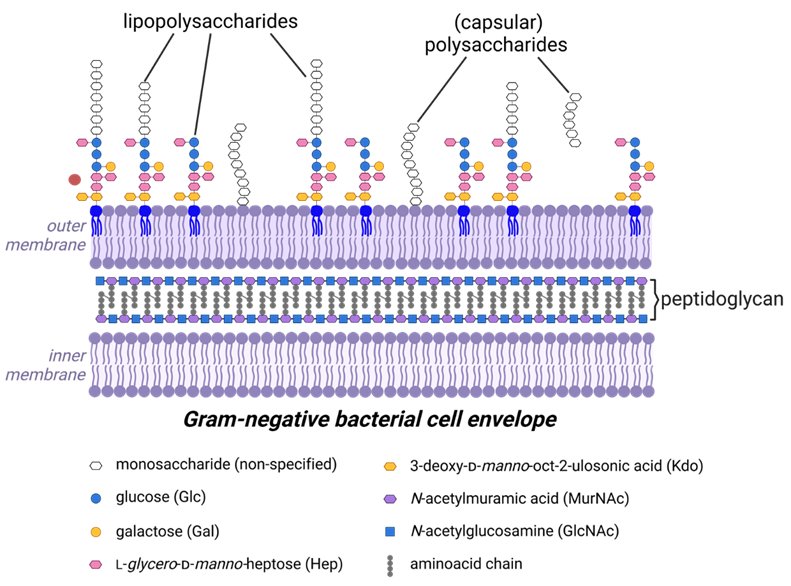
Make antibiotic treatment more effective
This is a shift in thinking about antibiotics.-- Marthe Walvoort
So far, Walvoort has succeeded in creating an alternative sugar building block that is indeed incorporated by the bacteria into their outer layer. ‘That was our initial goal, to see whether this was possible at all,’ she explains. ‘However, our experiments have so far shown little effect on LPS formation.’ Even so, the experiments did show that the cells fed the alternative KDO sugar became more sensitive to the antibiotic vancomycin. ‘This shows that our approach could eventually be used to weaken bacteria and make antibiotic treatment more effective.’
An important feature of targeting bacterial sugars is that it does not kill cells, but only weakens them. Walvoort believes that this will prevent the development of resistance. By killing bacteria, you automatically select for those bacteria that are resistant to treatment. Those are the ones that survive and reproduce. However, if all bacteria survive treatment but lose their ability to infect cells, you stop the disease without selecting for resistance. Walvoort: ‘This is a different way of thinking about antibiotics.’
This is the first article in a three-part series about antimicrobial resistance. Read the others here:
Looking only at disease-causing bacteria and genes is too limited in the battle against antimicrobial resistance, says microbiologist Marjon de Vos. It turns out that bacteria that were seen as innocent bystanders play an important role in the development of resistance.
As bacteria become increasingly resistant to antimicrobial agents, it is essential to use these agents as sparingly as possible. Wiktor Szymanski, Professor of Medicinal Chemistry, Photopharmacology and Imaging, and his colleagues use light to localize and attack bacterial infections.
More news
-
11 November 2025
Farmland in crisis: ‘Try to understand each other’s points of view’
-
05 November 2025
Ten years of lifting paving stones
